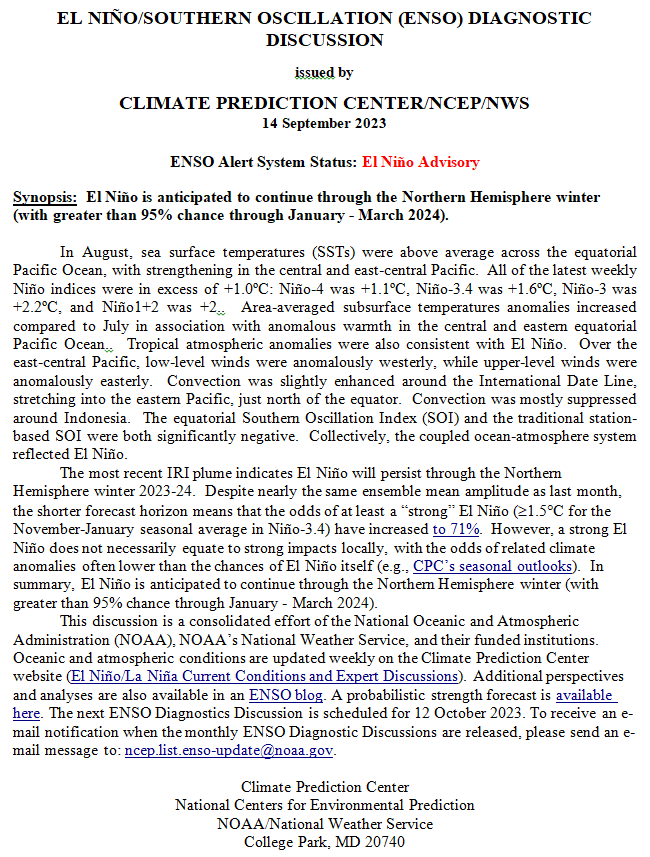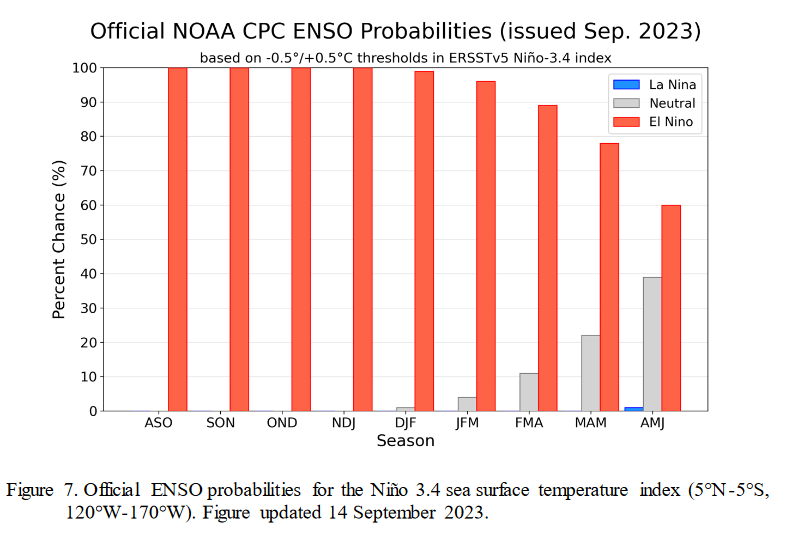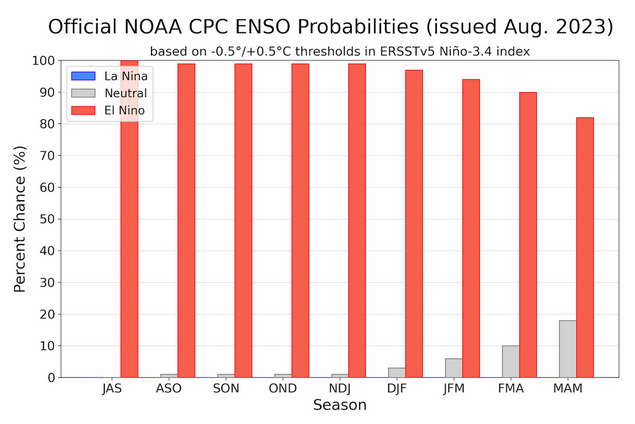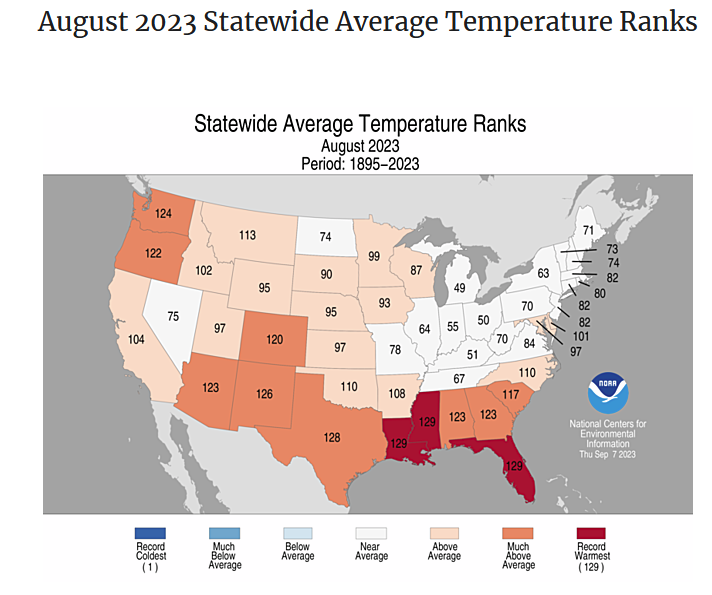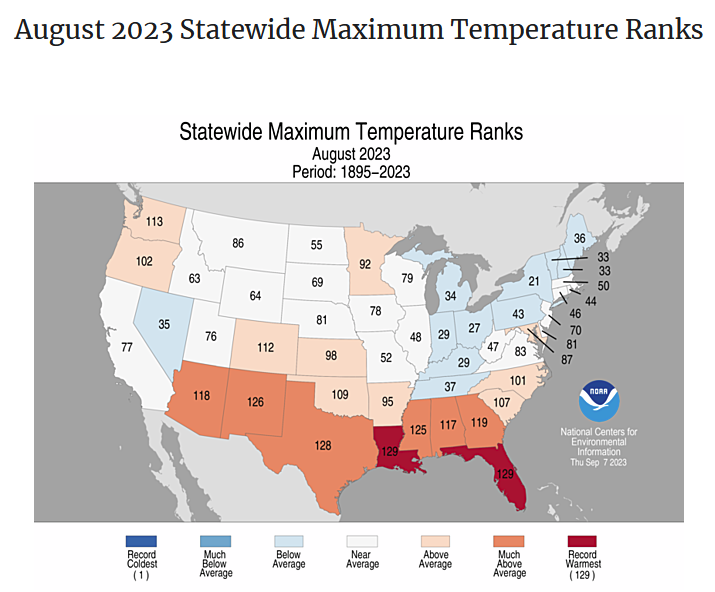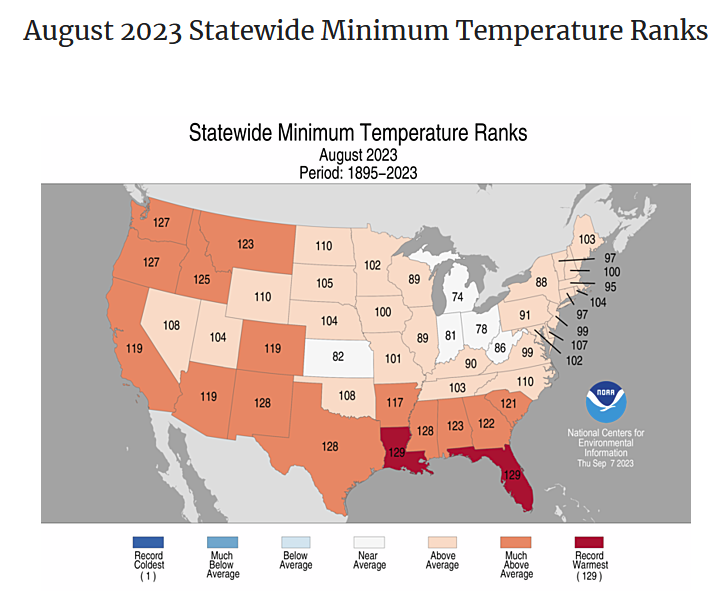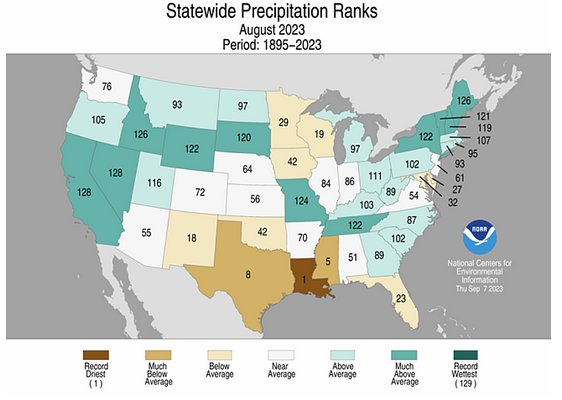Short Term and Intermediate-Term Weather Outlooks for the U.S. and a Six-Day Forecast for the World: posted September 16, 2023 – Hurricane Lee Arrives
It is now Post-Tropical Cyclone Lee rather than Hurricane Lee with the change occurring right after I published so I could not change the title of the article.
Here is what we are paying attention to in the next 48 to 72 hours. The article also includes weather maps for longer-term outlooks and a six-day World weather outlook.
We start with the U.S. Information. You can update this section here but these are 48 to 72-hour forecasts so if I have not been able to update this area twice daily, what is shown is still valid and the images in the body of the article update automatically but sometimes they are a bit slow to update.
Short Range Forecast Discussion
NWS Weather Prediction Center College Park MD
Sat Sep 16 2023
Valid 12Z Sat Sep 16 2023 – 12Z Mon Sep 18 2023…Tropical storm conditions for coastal New England today as Lee tracks
by……Shower and storm chances this weekend from the Southern Plains to the
Southeast/Mid-Atlantic with some locally heavy rainfall possible……Much above average highs expected for the Pacific Northwest/Northern
Rockies this weekend with a Critical Risk of Fire Weather Saturday…

![[Key Messages]](https://www.nhc.noaa.gov/storm_graphics/AT13/refresh/AL132023_key_messages+png/054829_key_messages_sm.png)


